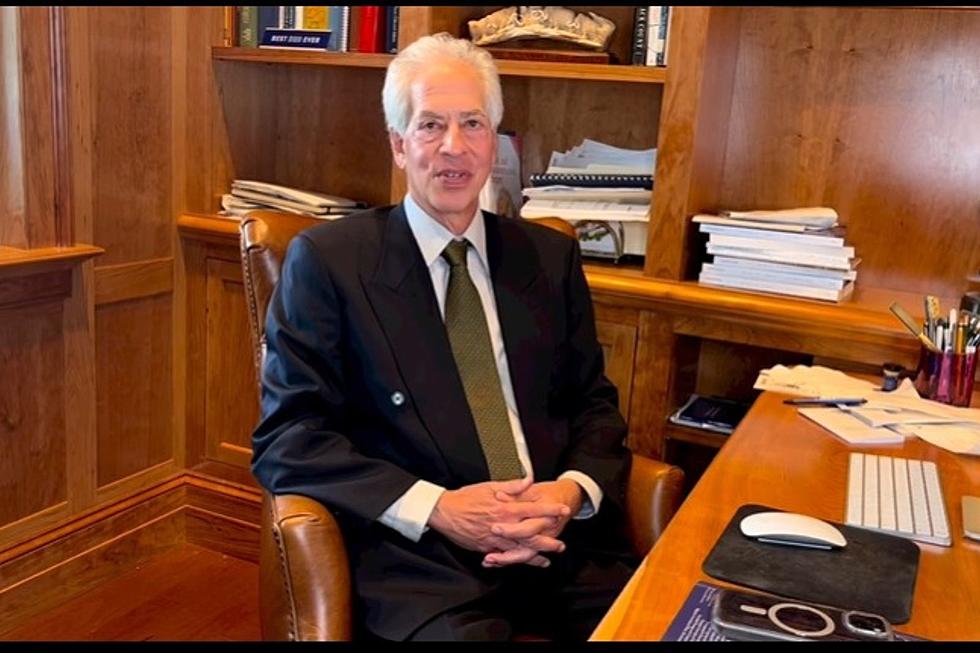Introduction
Severe accidents or injuries can have life-altering consequences, leaving individuals with physical challenges that affect their daily lives. In such circumstances, reconstructive surgery emerges as a beacon of hope, offering the possibility of restoring functionality and appearance. Dr Lawrence Gray sheds light on the ways in which reconstructive surgery can make a profound difference in the lives of those who have experienced severe accidents or injuries.
Facial Reconstruction: Restoring Function and Confidence
Accidents involving facial trauma can result in disfigurement, impairing essential functions such as vision, hearing, and speech. Reconstructive surgery offers a range of options tailored to the specific injury. These may include complex craniofacial procedures, facial fracture repair, and soft tissue reconstruction. Through these surgeries, patients can regain previously lost abilities and restore their self-esteem, enabling them to face the world with renewed confidence.
Limb Salvage and Reconstruction: Averting Amputation
Severe accidents often lead to extremity injuries, which can pose a significant risk of amputation. When the possibility of limb salvage exists, reconstructive surgeons can perform intricate procedures. These surgeries involve transferring tissue, rebuilding bones, and reconstructing arteries and veins. By preserving and restoring limbs, these surgeries not only enhance physical function but also improve the overall quality of life for survivors.
Burn Reconstruction: Mitigating the Impact of Burns
Burn injuries can cause extensive damage, both externally and internally, and leave survivors with physical and emotional scars. Reconstructive surgery plays a crucial role in mitigating the impact of burns through a series of carefully planned interventions. This process includes acute burn care, scar modulation, and reconstructive procedures. These surgeries help burn survivors reintegrate into society, reduce the visibility of scars, and ultimately regain an improved quality of life.
Hand Surgery: Restoring Function and Independence
Hand injuries resulting from accidents often involve damage to multiple structures, including soft tissue, bone, nerves, tendons, and vessels. Reconstructive hand surgery is a specialized field dedicated to restoring function, sensation, and appearance of the hand. These surgical procedures can significantly improve a survivor’s independence and ability to perform daily tasks, contributing to a sense of normalcy.
The Emotional Impact and Support: Healing Beyond Surgery
While reconstructive surgery addresses the physical aspects of recovery, it’s crucial to acknowledge the emotional impact of severe accidents or injuries. Survivors often undergo traumatic experiences, both physically and emotionally. In addition to skilled medical care, a robust support network and access to mental health resources play a vital role in the healing process. Emotional support, understanding, and encouragement are essential components of a survivor’s journey towards recovery.
Conclusion
Dr Lawrence Gray insights highlight the transformative potential of reconstructive surgery for individuals who have experienced severe accidents or injuries. These surgeries offer not only physical restoration but also the opportunity to rebuild self-esteem, regain independence, and reclaim lives. Moreover, the emotional well-being of survivors is equally important, and a comprehensive approach to support ensures a more complete and successful recovery. Reconstructive surgery, combined with emotional support, provides a path towards healing and renewed hope for those on the road to recovery.
